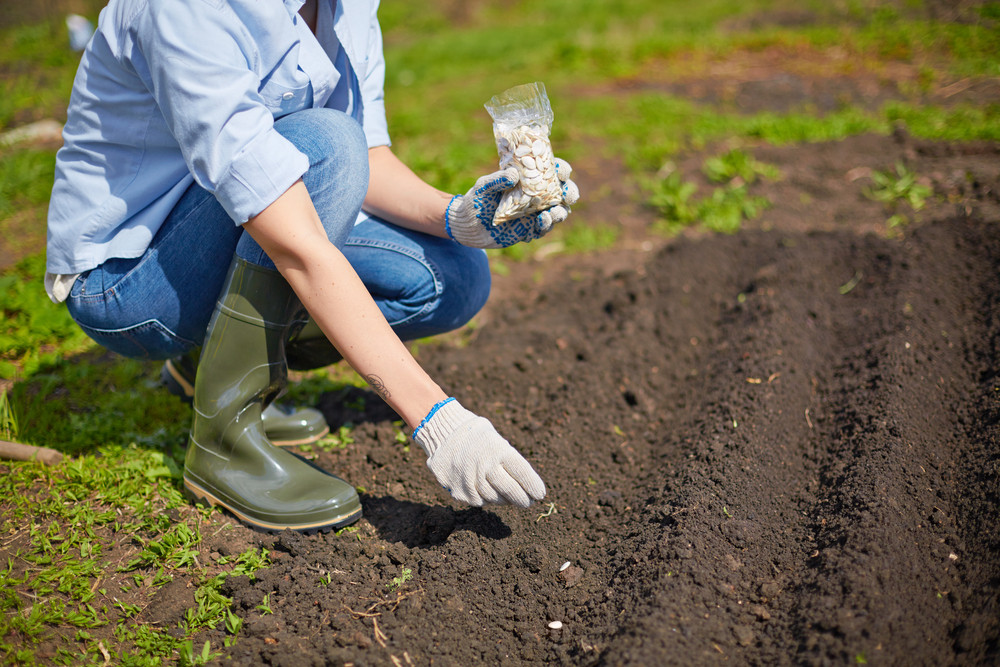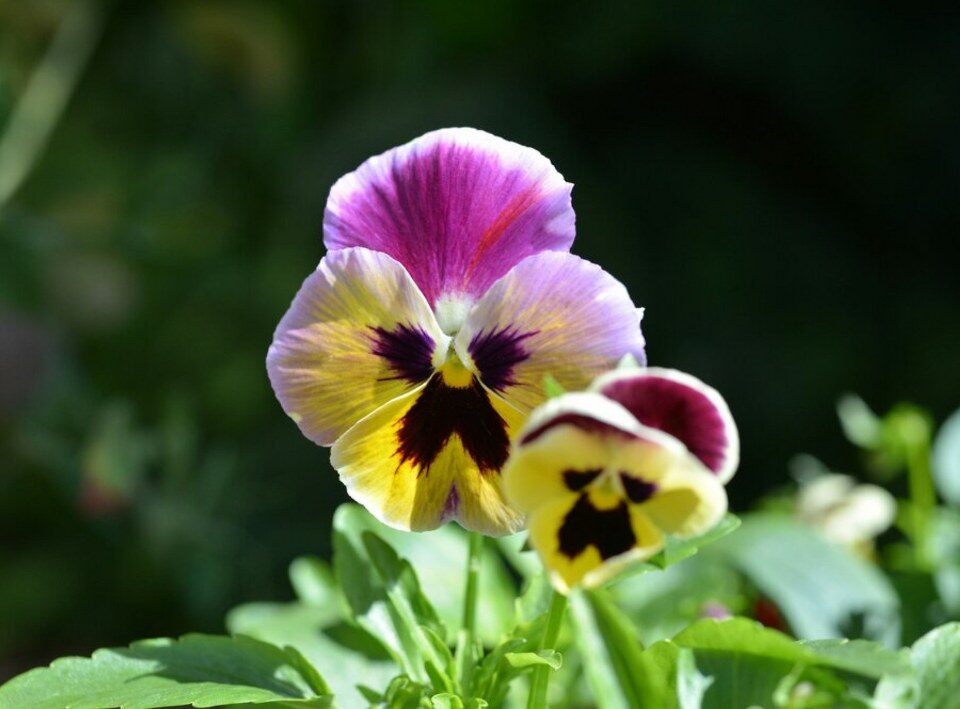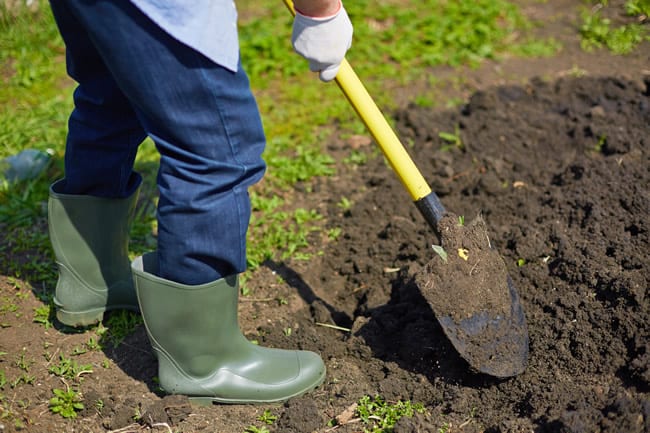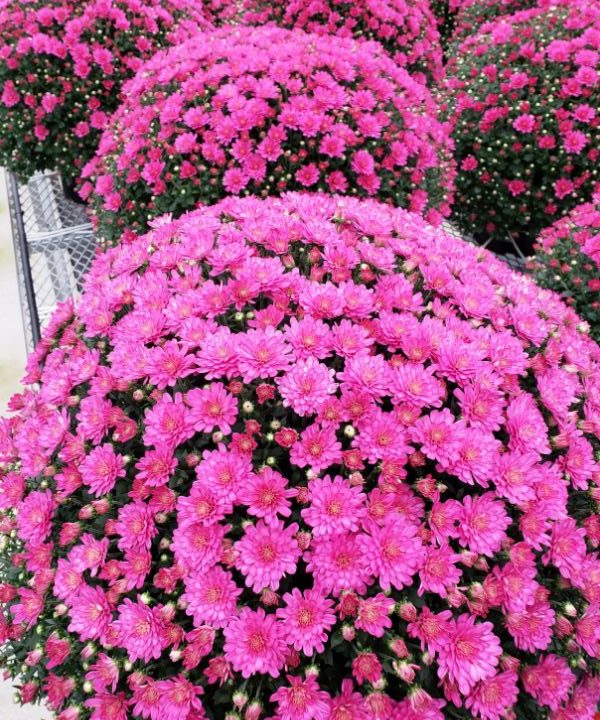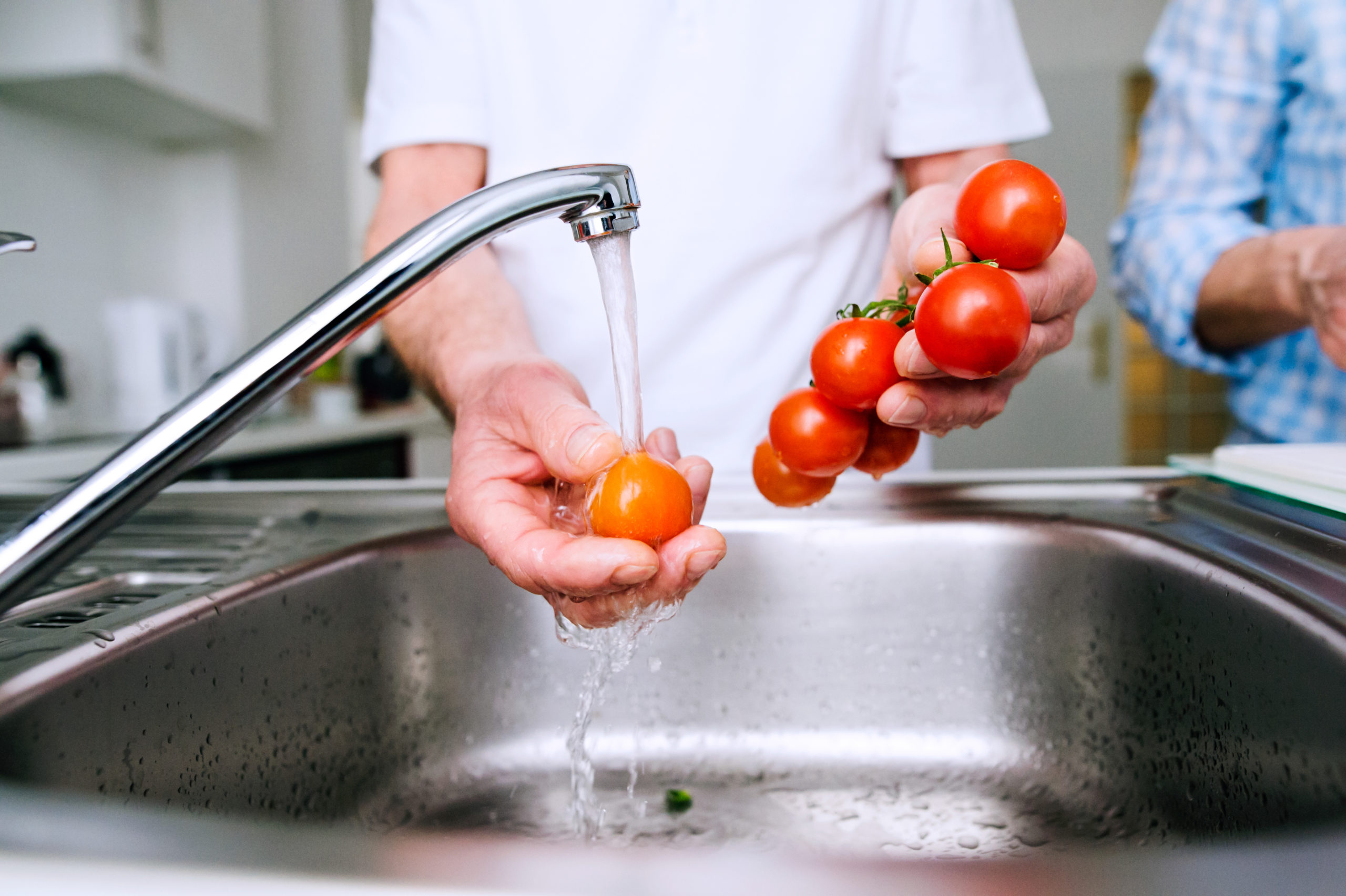
How Many Vegetables Do Vegetable Plants Produce?
February 8, 2021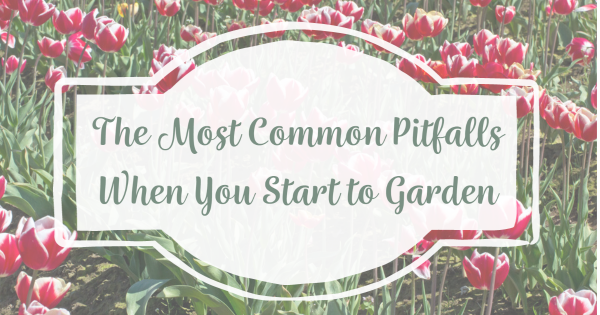
The Most Common Pitfalls When You Start to Garden
March 12, 2021If you want to plant a garden, you may be confused as to what kind of soil to use. There are many options out there, after all. Which one will work best for your gardening needs? Here are four types of soils you can use, and how to determine how much of each to use in your garden.
Clay
One of the best types of soil for your garden is clay soil. The biggest difference between clay soil and other types of soil is that clay soil is made of finer particles. This means it’s easier for this soil to retain water and nutrients. Be careful with clay soil, though. If there’s too much of it, the soil could become hard and difficult to garden with.
Many types of flowers grow well in clay soil. Some of these flowers include aster, bearded iris, and bee balm. Numerous perennial flowers also grow well in clay soil. If you need to pick up clay soil, head to your nearest garden center to see what their options are.
Silt
Silt soil is another viable option for your gardening needs. Silt soil has more of a powder texture to it than clay does. It’s light, has medium-sized particles, and tends to hold moisture well. While this soil can help plants grow well, it’s important to note that silt soil can get saturated with water quickly if you aren’t careful. Some gardeners also like to add organic matter to silt soil to make it more suitable for plants.
Plants that do well in silt soil include swamp milkweed and the yellow iris. If you’re using drained light silt soil, you could grow a number of crops including wheat, potatoes, and field vegetables. If you have questions about vegetable gardening with this type of soil, you can ask someone at your local garden center as you pick the soil up.
Sand
Sand soil has large particles and doesn’t hold nutrients well for plants, but it does drain water well. If you mix organic matter into this soil, more nutrients will be added to your plants.
Plants that do well in sand soil include wormwood and lavender. Depending on what type of sandy soil you have, you could also plant vegetables. You could get a tomato plant, some zucchini, or carrots. You can pick up this type of soil and the seeds you need at a local garden center.
Loam
Loam soil is often thought of as the ideal soil type for plants because it’s a combination of all the above-mentioned soils. It also has enough nutrients to sustain plants and crops. It’s easy to plant with and drains well.
Numerous plants and crops plant well in loam soil. Peppers, onions, and green beans are just some of them. You can pick up this soil at a local garden center and get started with gardening pretty quickly.
How Much Soil Should You Use?
How much soil you use will depend on how big your garden is. According to the stats on the MNN site, the average size of a food garden in the United States is 600 square feet. However, your garden could be larger or smaller depending on what you plant. You should also take into account how deep your garden is. Keep in mind that you should have a mix of soil and organic material in your garden to make your plants thrive. You can aim to have between 60% and 70% of your garden be soil, but it’s a judgment call on your part.
Choosing the right type of soil may seem confusing, especially if you’re new to gardening. However, once you know the key differences between each soil type and how it benefits your plants, you’ll get a better understand of how each soil benefits your garden. Use your best judgment and evaluate the needs of your plants, and you should be good to go. And remember, you can always check with an expert at Schwartz’s Greenhouse for their expert advice.


